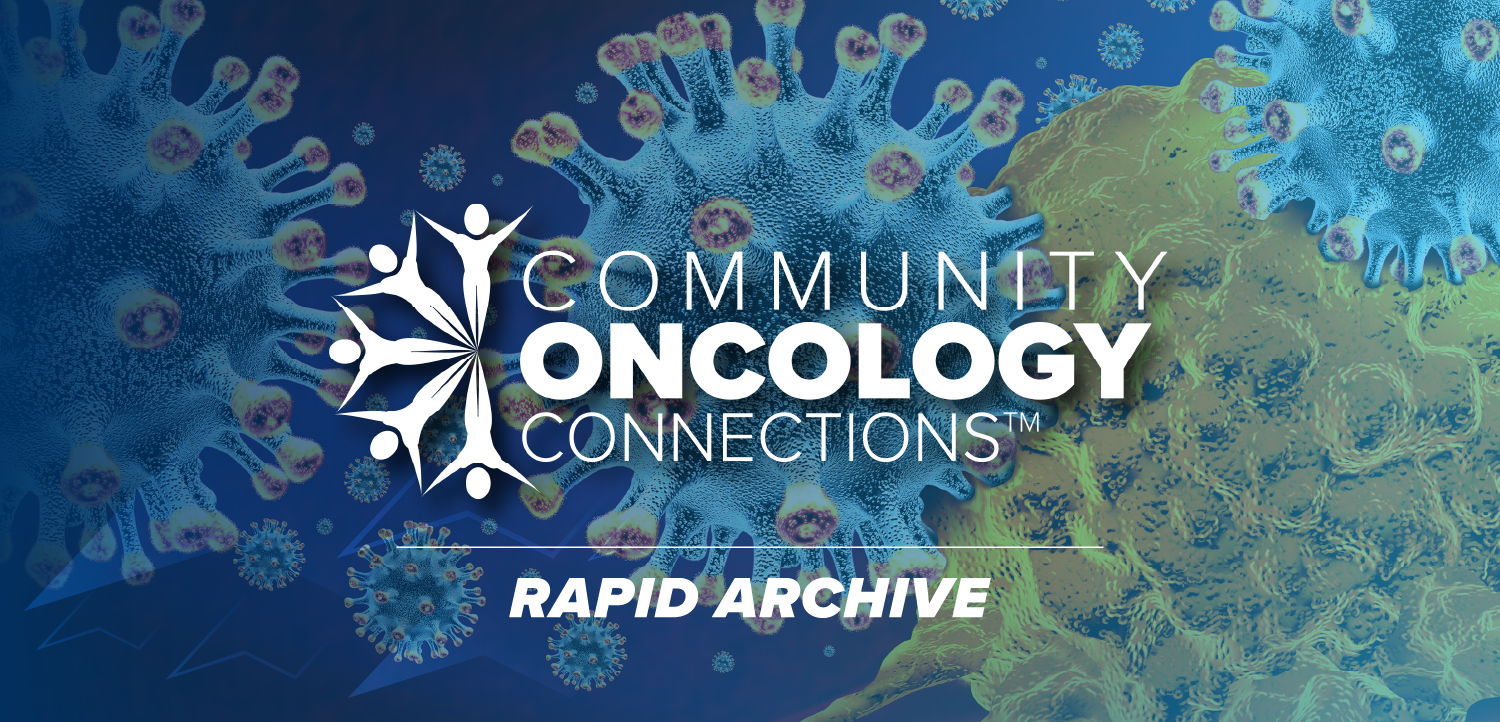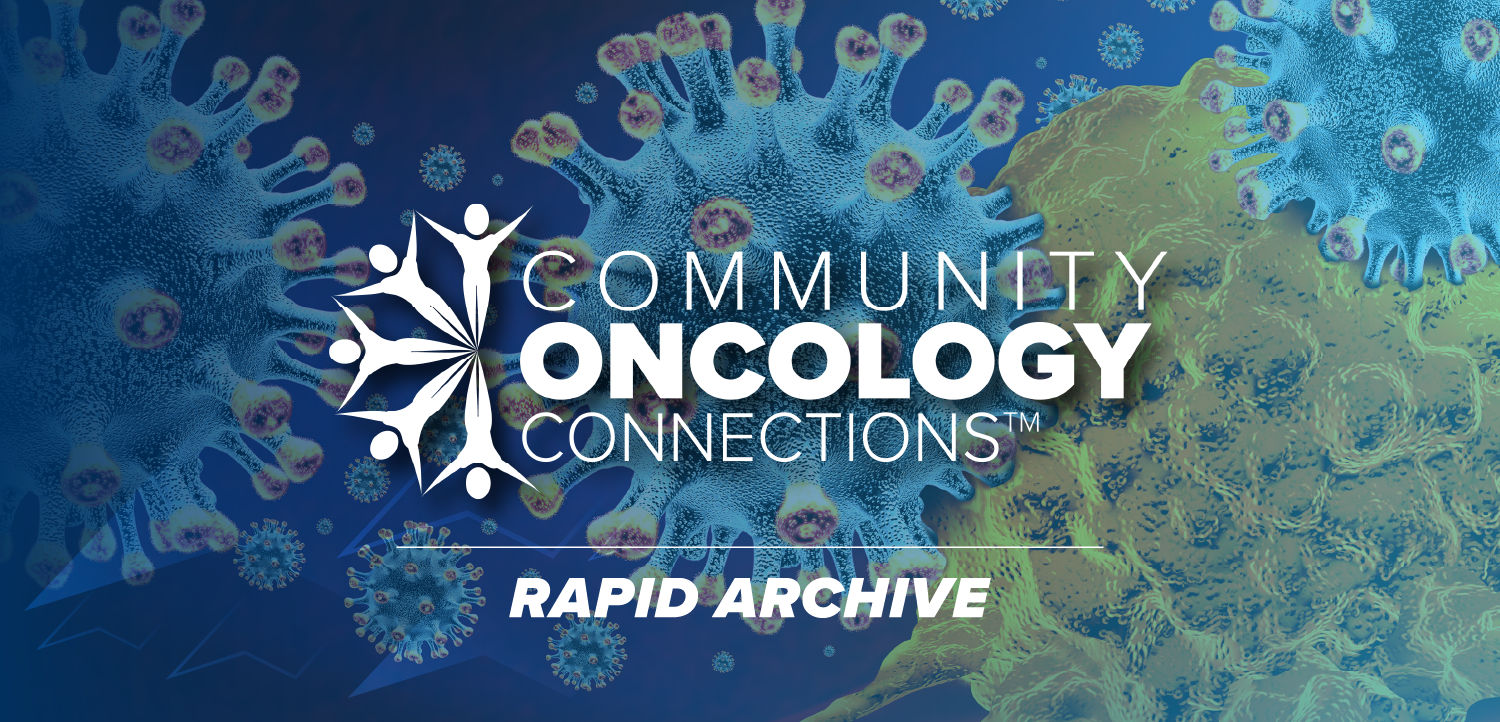
Amivantamab Plus Chemo Approved by FDA in EGFR-Mutated NSCLC

Results from the MARIPOSA-2 trial led to the approval of amivantamab plus chemotherapy in patients with EGFR-mutated NSCLC.
The FDA has approved amivantamab-vmjw (Rybrevant) plus carboplatin and pemetrexed for patients with locally advanced or metastatic non–small cell lung cancer who have EGFR exon 19 deletions or exon 21 L858R substitution mutations after progressing on or after treatment with an EGFR tyrosine kinase inhibitor, according to a press release from the agency.1
Results from the
Topline data included a median progression-free survival of 6.3 months (95% CI, 5.6-8.4) in the triplet arm vs 4.2 months (95% CI, 4.0-4.4) in the carboplatin plus pemetrexed arm (HR, 0.48; 95% CI, 0.36-0.64; P <.0001). Additionally, the overall response rate was 53% (95% CI, 44%-62%) vs 29% (95% CI, 23%-35%) in each arm, respectively (P <.0001).
In the prespecified interim analysis for overall survival, there was no statistical significance observed (HR, 0.73; 95% CI, 0.54-0.99).
Additionally, time to symptomatic progression was observed with median rates of 16.0 months (95% CI, 12.7-19.4) in the combination arm vs 11.8 months (95% CI, 8.9-13.6) in the chemotherapy (HR, 0.73; 95% CI, 0.55-0.96; P = .026).
Common adverse effects in the amivantamab arm included rash, infusion-associated reactions, nausea, nail toxicity, constipation, edema, stomatitis, and vomiting.
“Amivantamab’s multi-targeted mechanism of action and immune cell-directed activity, combined with chemotherapy's nonspecific anti-tumor effects, likely contributes to this observed durability,” Sanjay Popat, BSc, MBBS, FRCP, PhD, consultant medical oncologist at The Royal Marsden NHS Foundation Trust and The Institute of Cancer Research in London, said during the presentation of the data at ESMO. “The curves separate after 6 months of follow-up and continue to separate thereafter, with an absolute survival difference of 7% at the 12-month landmark, 70% vs 63%, increasing to 10 months at the 18-month landmark of 50% vs 40%.”
References
- FDA approves amivantamab-vmjw with carboplatin and pemetrexed for non-small cell lung cancer with EGFR exon 19 deletions or L858R mutations. News release. FDA. September 19, 2024. Accessed September 19, 2024. https://shorturl.at/q7ril
- Popat S, Reckamp KL, Califano R, et al. Amivantamab plus chemotherapy vs chemotherapy in EGFR-mutated, advanced non-small cell lung cancer after disease progression on osimertinib: Second interim overall survival from MARIPOSA-2. Presented at: 2024 ESMO Congress; September 13-17, 2024; Barcelona, Spain. Presentation LBA54.
Newsletter
Stay up to date on recent advances in the multidisciplinary approach to cancer.




















































































